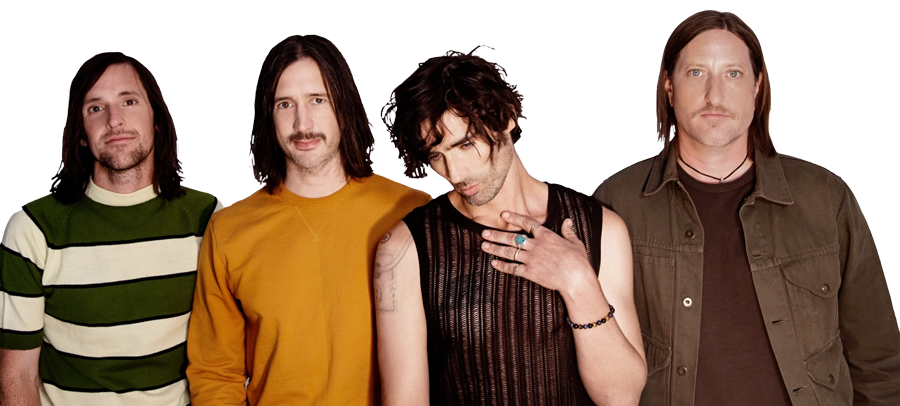Though humans can theoretically walk or run nearly as fast on the Moon as on Earth, bulky spacesuits made movement awkward for the Apollo astronauts on the lunar surface.
Enter the Lunar Roving Vehicle. Rovers were taken to the Moon’s surface (and left there) on the last three Apollo missions. Astronauts Dave Scott, Jim Irwin, John Young, Charlie Duke, Gene Cernan and Harrison Schmitt all practiced on the Lunar Rover trainer displayed at Space Center Houston in preparation for those missions.
The rover has no steering wheel or brakes, since neither are needed on the airless lunar surface. It was started, steered and stopped by a single control located between the seats.
The electric-powered rover could travel at almost 10 mph (15 kph) and had a range of about 55 miles (89 kilometers).
It was equipped with a TV camera, which recorded the astronauts’ exploration of the Moon and liftoff of the top half of the Lunar Module when the astronauts left the Moon.
On the Apollo 17 mission, the rover was driven a total of about 22.30 miles (35.89 kilometers) in a span of about three hours. The rover itself weighed about 460 pounds (208 kilograms).
NASA constantly looks to proven designs as it pushes forward with deep-space exploration. This rover trainer is no exception. Echoes of this lunar rover design can be seen in the Mars rovers such as Spirit, Opportunity and Curiosity.
Because of this, Space Center Houston’s Lunar Roving Vehicle trainer located in Starship Gallery acts as a window to the past and a guidepost to the future.






